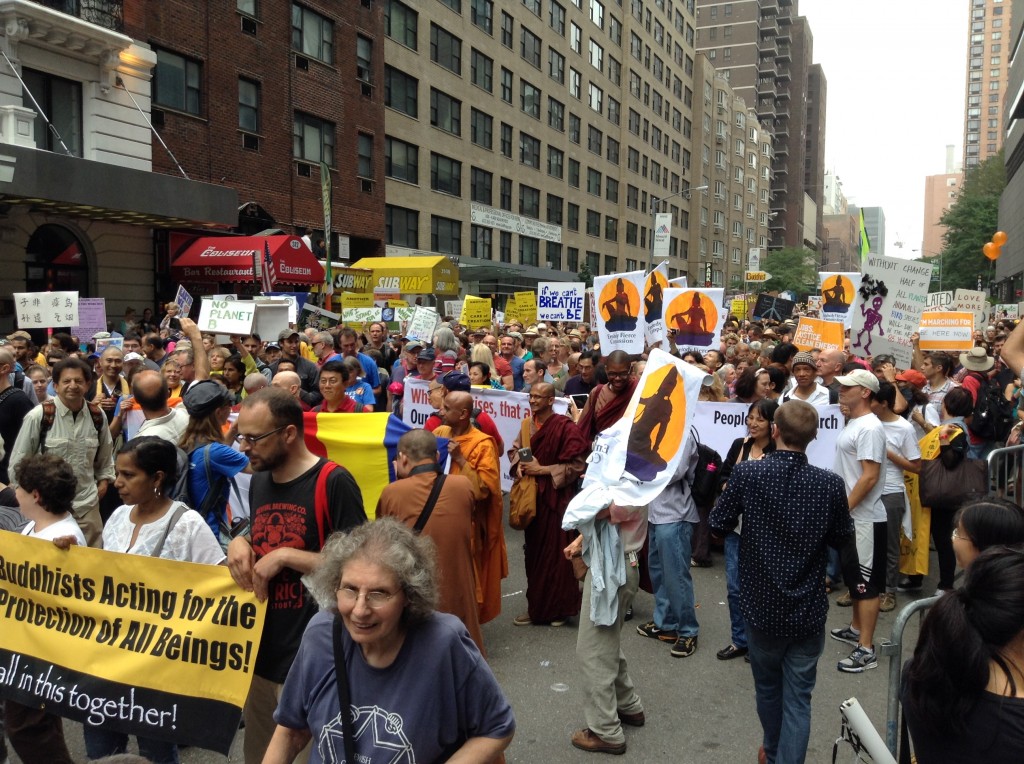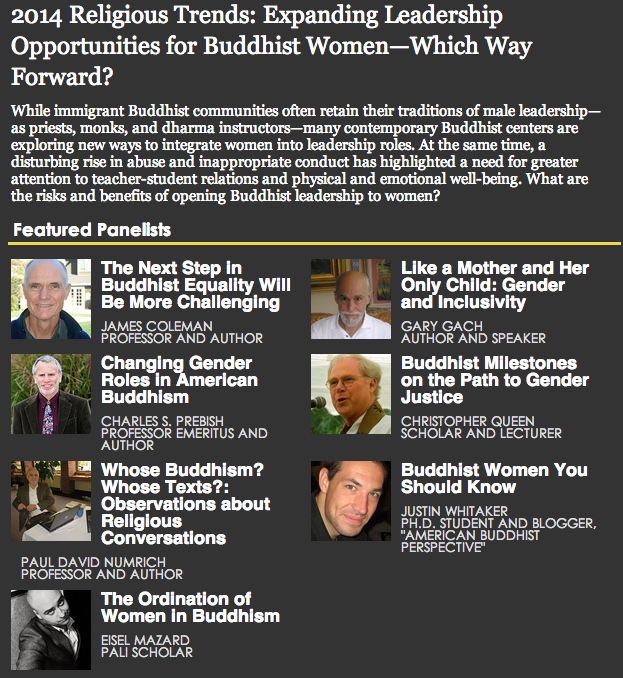
Though this story doesn’t yet seem to have an angle relevant to the social justice focus of this blog, a lot of people asked me this week about an article that appeared in the New York Times. The report details an archaeological discovery at Lumbini in Nepal, the site of the Buddha’s birth, and suggests that it may influence how we estimate the timeline of the Buddha’s life. Author John Noble Wilford says:
Until now, archaeological evidence favored a date [for the Buddha’s birth] no earlier than the third century B.C., when the Emperor Asoka promoted the spread of Buddhism through South Asia, leaving a scattering of shrines and inscriptions to the man who became “the enlightened one.” A white temple on a gently sloping plateau at Lumbini, 20 miles from the border with India, draws hundreds of thousands of pilgrims each year to read a sandstone pillar documenting Asoka’s homage at the Buddha’s birthplace.
But new excavations by archaeologists at Lumbini have uncovered evidence of a much earlier timber shrine and brick structures above it — all of which lay beneath the temple that is a UNESCO World Heritage site long identified as the birthplace. Dating fragments of charcoal and grains of sand, researchers determined that the lower structures were erected as early as the sixth century B.C.
The international team of archaeologists said the lower structures were laid out on the same design as the more recent temple. The timber shrine even had an open space in the center that suggested a link to the Buddha’s nativity tradition. Deep tree roots in the center space may even have been from the tree his mother presumably held on to.
The archaeologists, led by Robin A. E. Coningham of Durham University in England, reported the findings on Monday in an article published online in the December issue of the international journal Antiquity. This was, they said, “the first archaeological evidence regarding the date of the life of Buddha.”
Though I’m not an archaeologist, nor a specialist in this area of Buddhist Studies, and (like a lot of people) I haven’t seen the Anquity report yet, a couple of questions came up for me in looking at the Times piece. Matthew Kapstein, Directeur d’études at Ecole Pratique des Hautes Etudes and Numata Visiting Professor of Buddhist Studies at the University of Chicago, put some of those same questions into a succinct statement at H-Buddhism (The Buddhist Scholars Information Network):
The date of Asoka, of course, is not at all taken as the date of the Buddha. Even the ‘short chronology’ would place the Buddha’s passing a century or so earlier. It is not at all clear to me why the discovery of a sixth century BCE structure at Lumbini thought to be a “shrine” warrants the assumption that it is a Buddhist shrine.
Following Kapstein’s comments, Jonathan A. Silk, another noted Buddhologist (at Leiden University), who has seen the Antiquity findings, then chimed in at H-Buddhism with his thoughts:
Regarding the recent report from Lumbini, mentioned by Matthew Kapstein, as one might expect, the facts do not bear out the hype.
I read the article in question yesterday (before the embargo was lifted) because a journalist contacted me about it (you can read about it in the Volkskrant if you read Dutch…), but when Matthew and others read the article, what will be evident is that what has been found is wood beneath the Asokan layer. There is *no* indication that the wood is connected with the Buddha in any way shape or form. It is logical to think that a tree shrine on the spot considered to be the birthplace of the Buddha could easily have predated anything about Buddhism–of course, the tree selected as “the tree” under which the Buddha was born should be a sacred tree, hence it had a shrine associated with it.
And in fact, except for a single–I would say incautious–sentence, the article basically says this. I’m sure it will be spun for all it’s worth, but there’s nothing there, except perhaps (and even this is not 100% clear) some evidence that, despite an earlier botched excavation by a Japanese team (which, the authors imply, threw away valuable evidence), the traditional spot rebuilt by Asoka had earlier a wooden structure upon it. What that structure may have been, and whether it could conceivably have had any connection with the Buddha–no evidence at all!
So, there you have it: some strong initial reactions from two mighty forces in the world of Buddhist Studies. No doubt more opinions will follow once others are able to see the Antiquity article. I think that Kapstein and Silk’s logic here, though, will be difficult to refute without more substantial evidence.
—
UPDATE: Over at their blog, Tricycle posts the Religion News Service’s report on the find, which includes comments from two more preeminent Buddhist Studies scholars: Donald Lopez and Richard Gombrich. As to the assertions that the discovery is a Buddhist shrine, Gombrich is pithy and direct: “Rubbish!”
SECOND UPDATE: Over at his blog Jayarava’s Raves, the eponymous author Jayarava Attwood has an awesome post about all of this.











